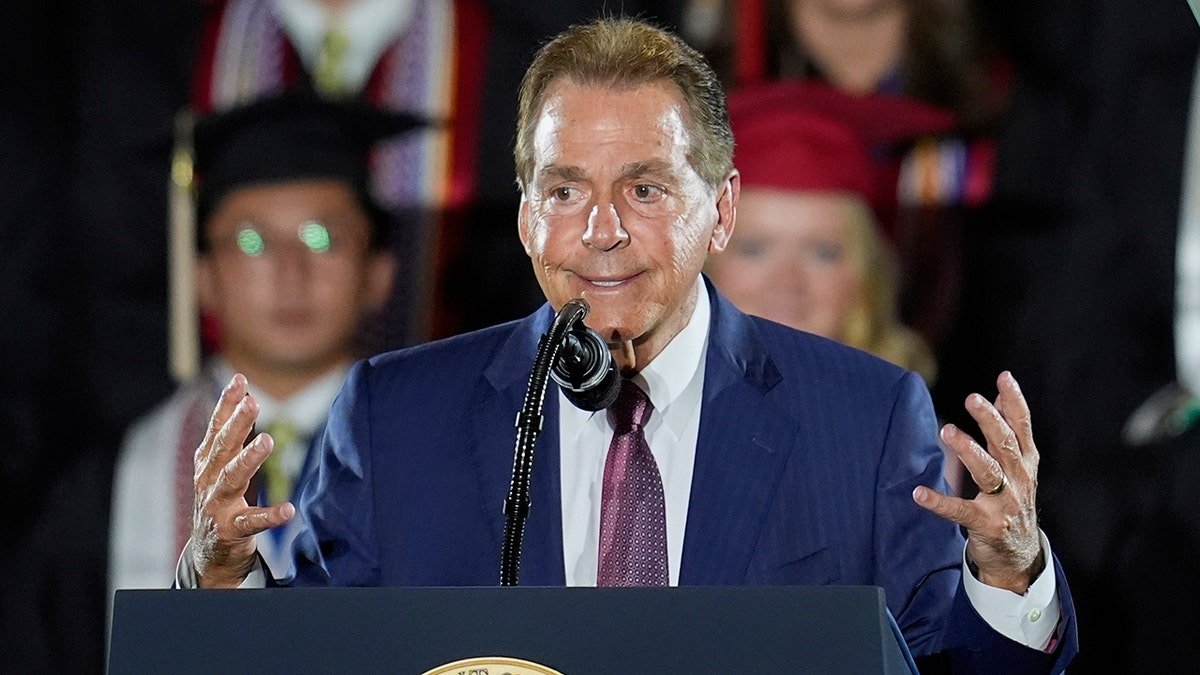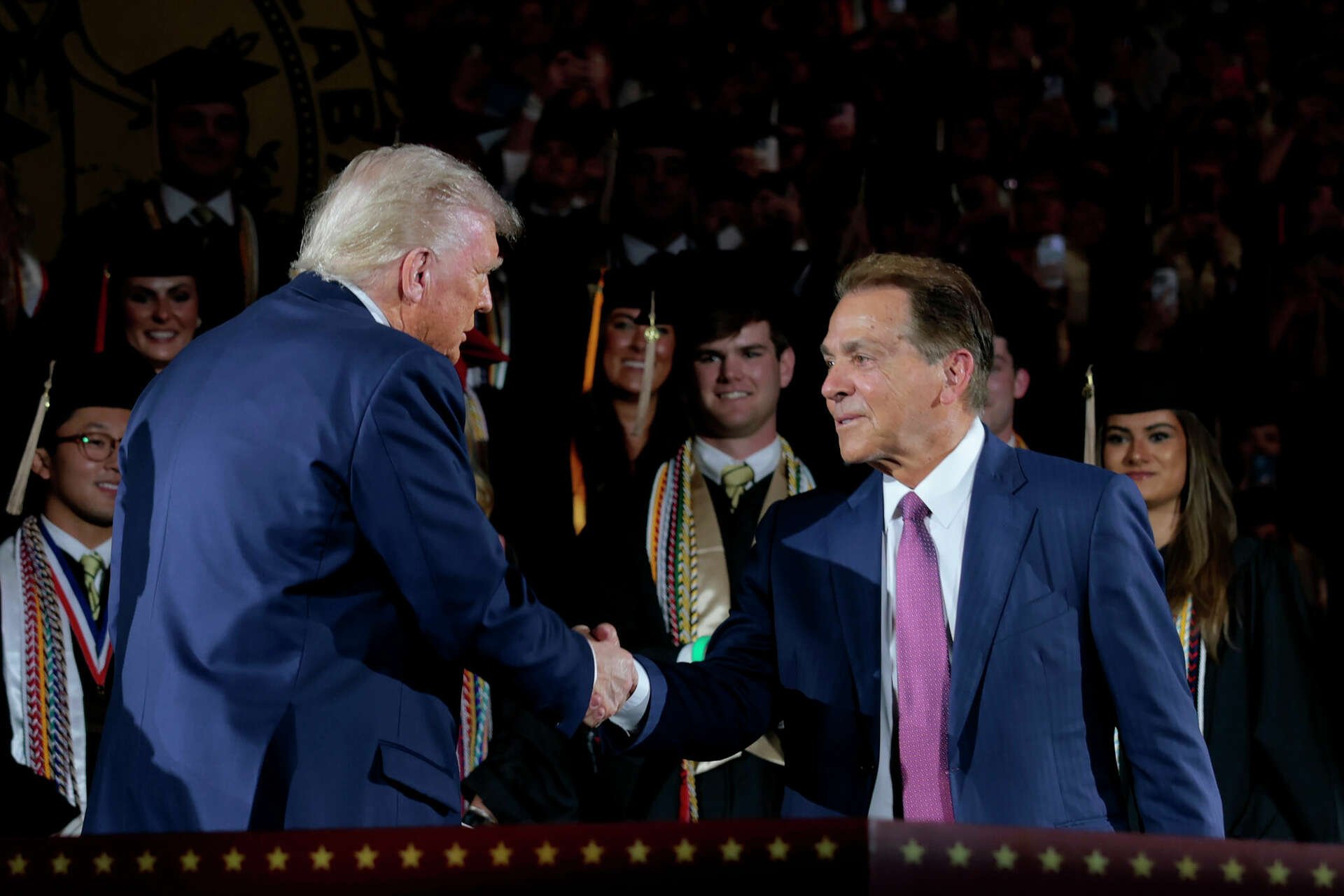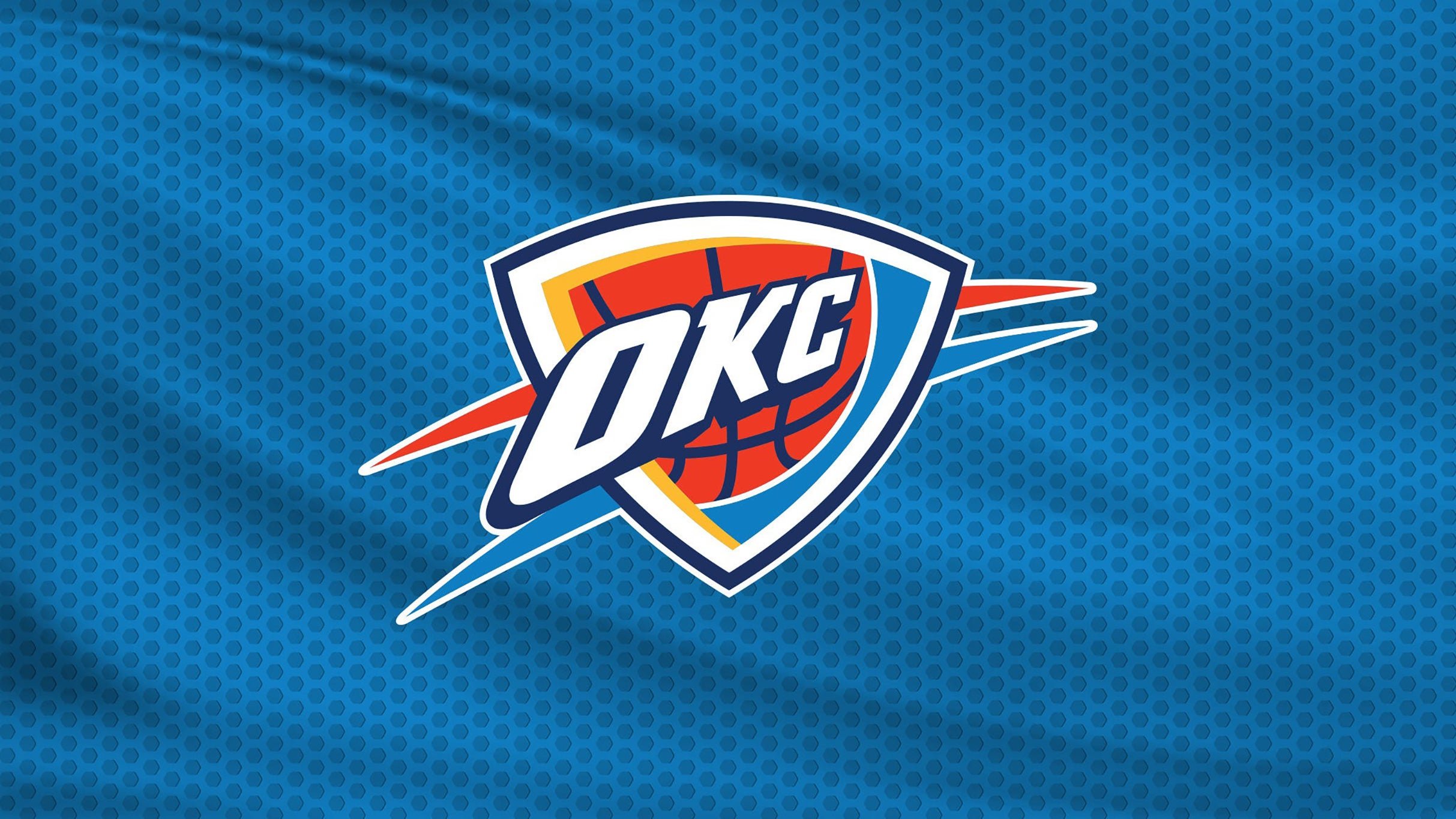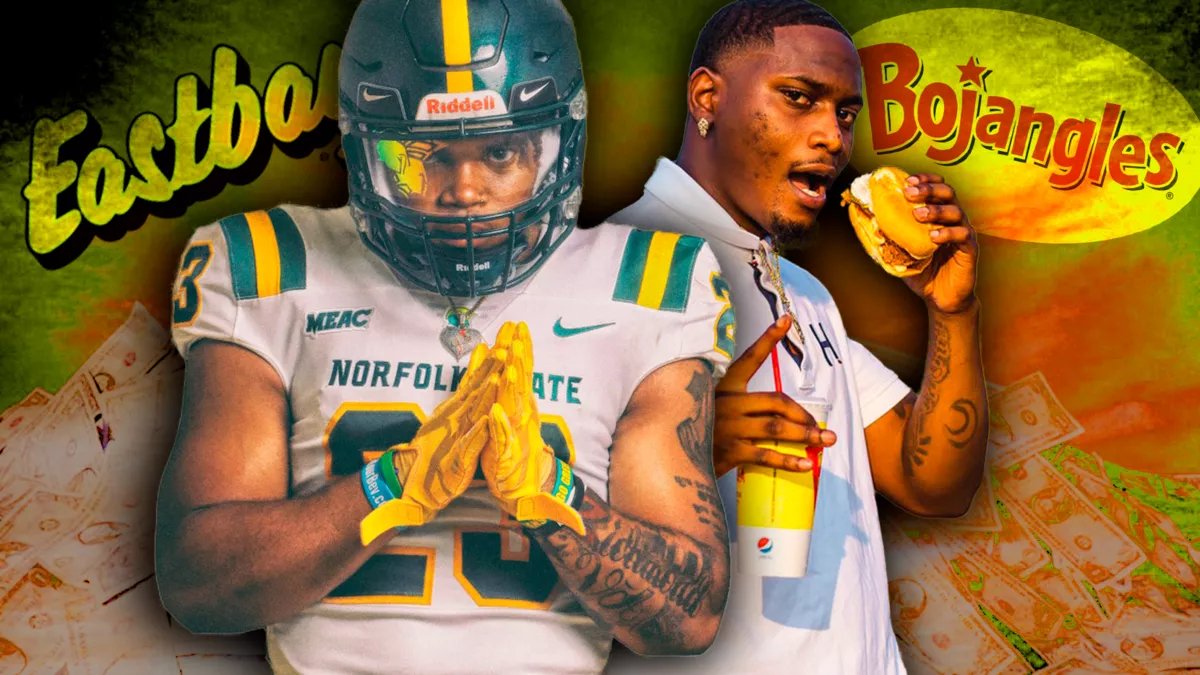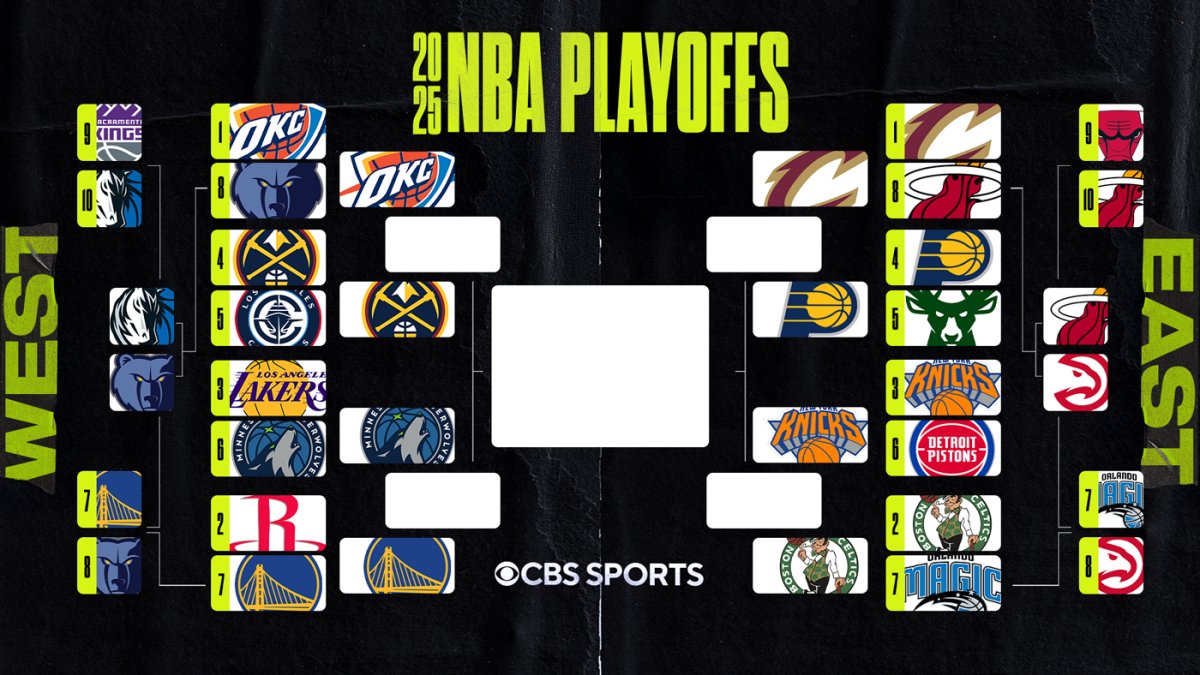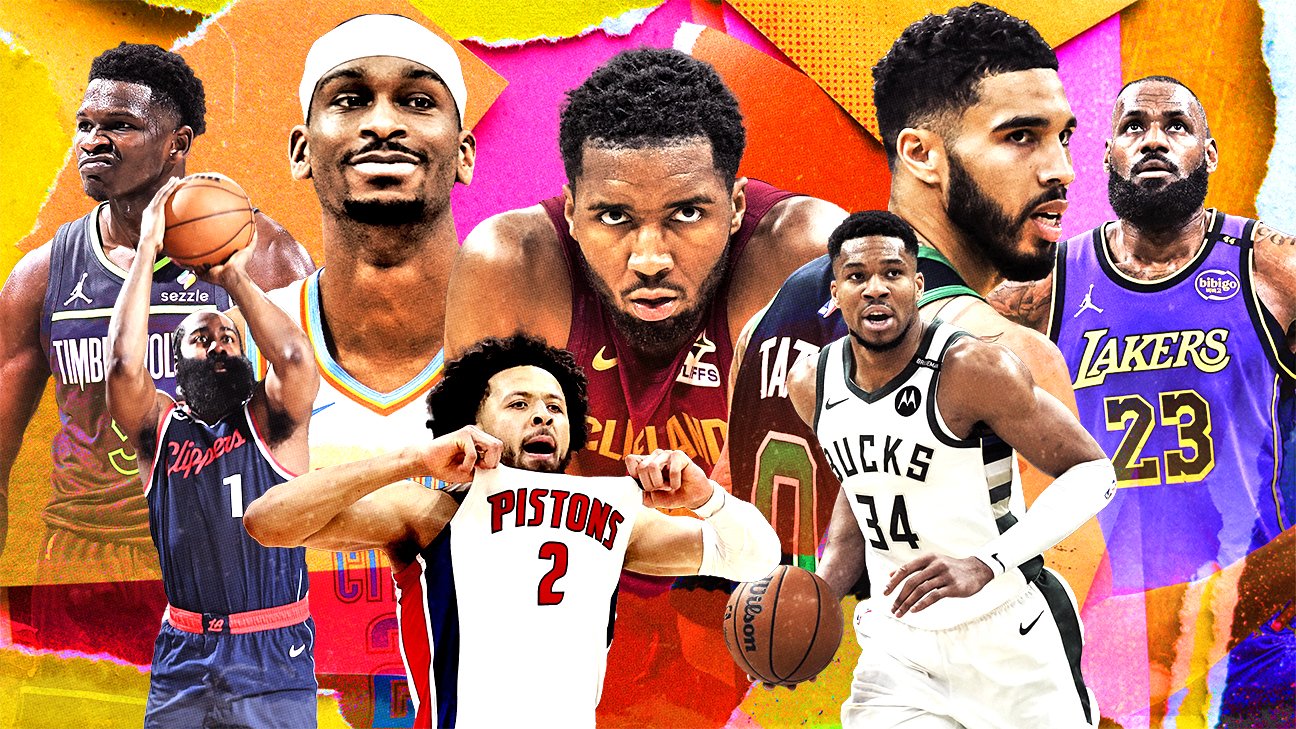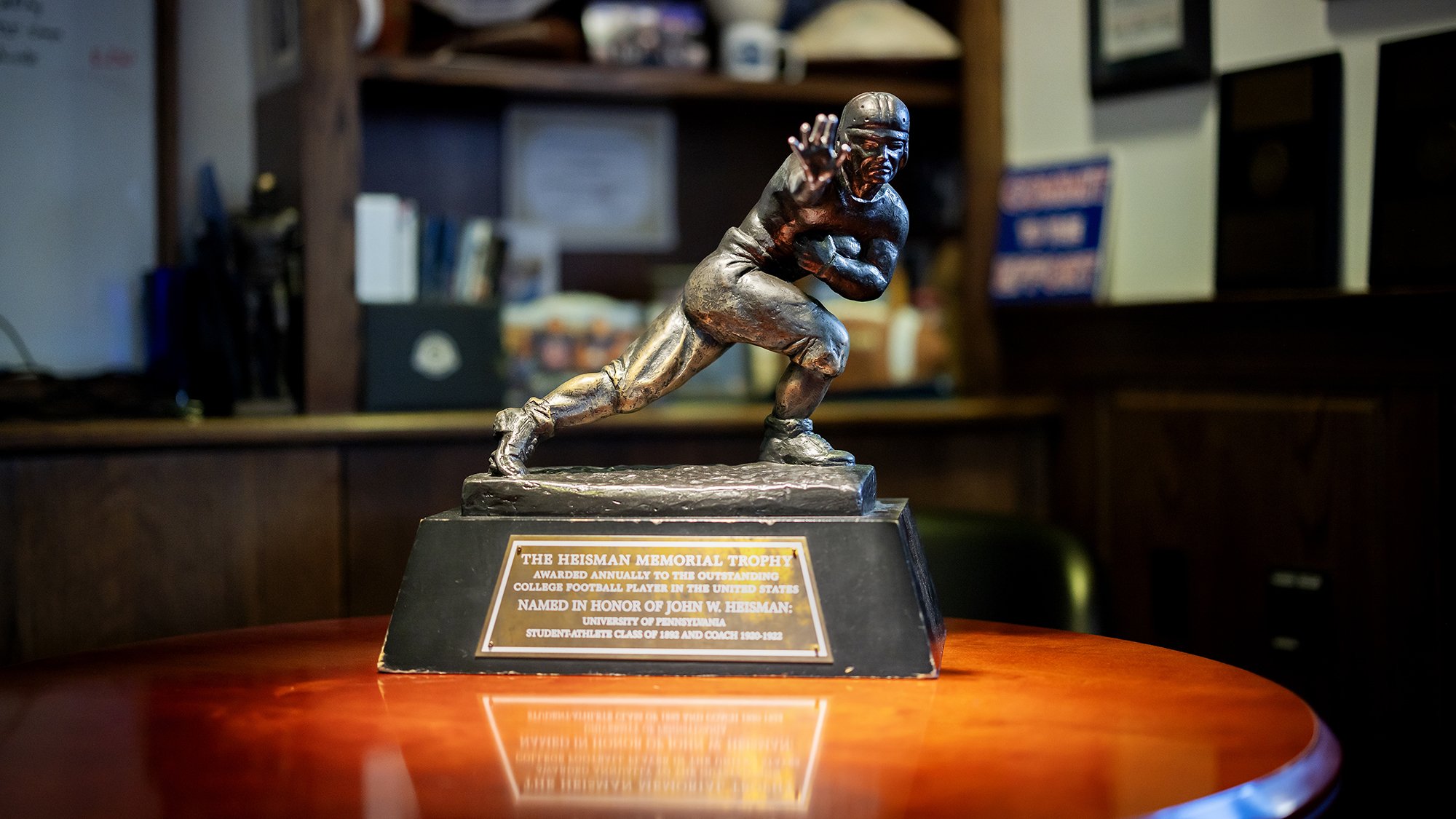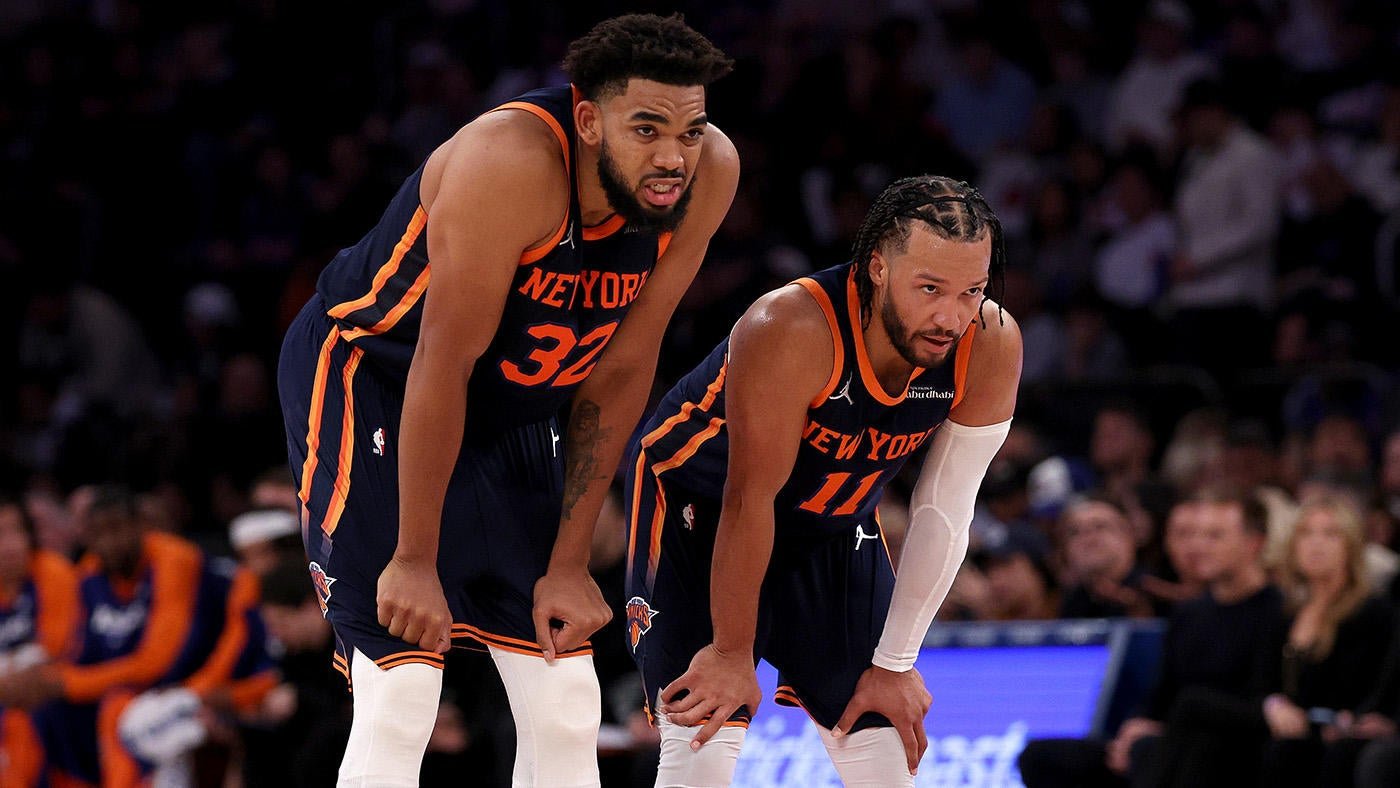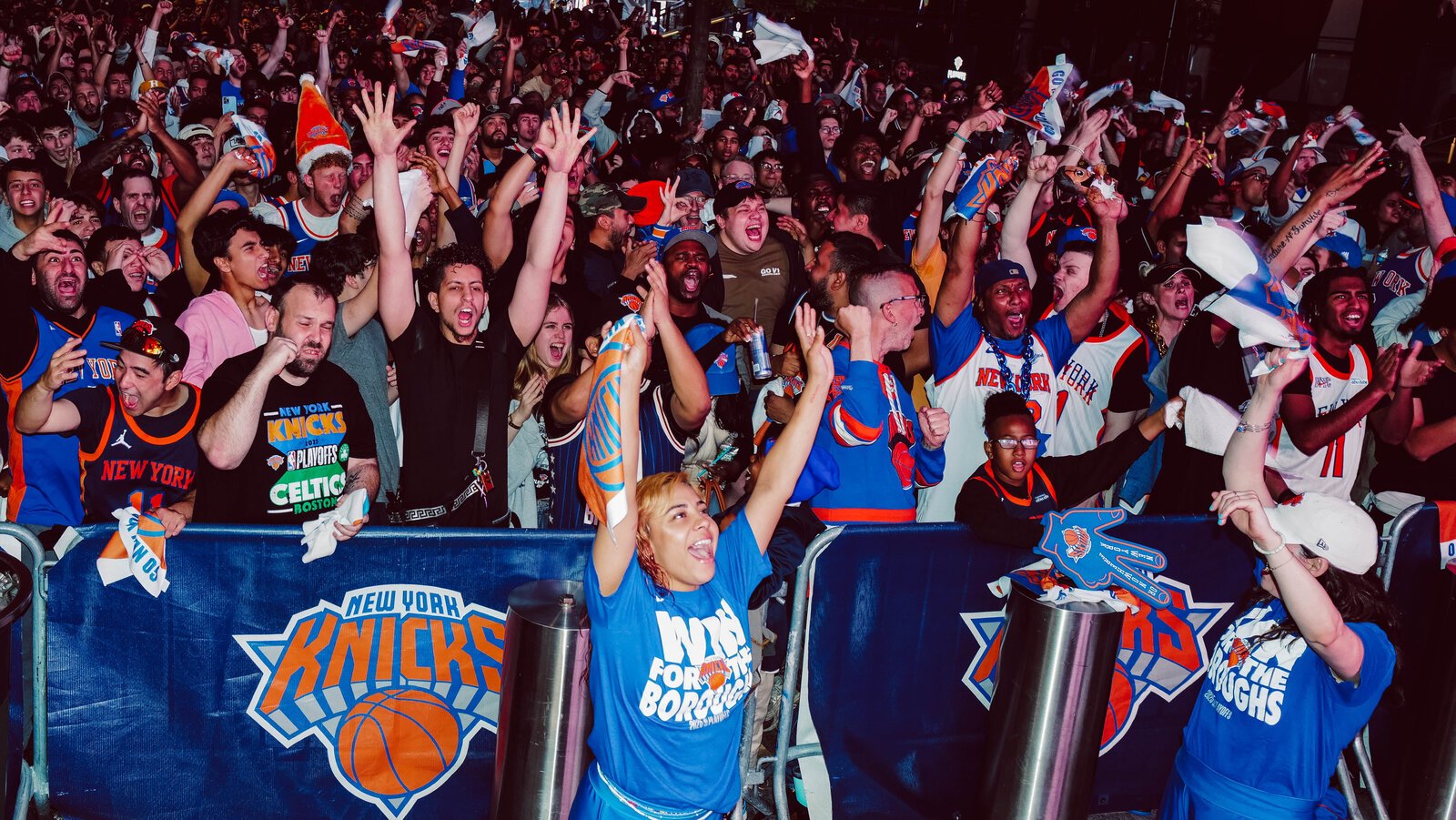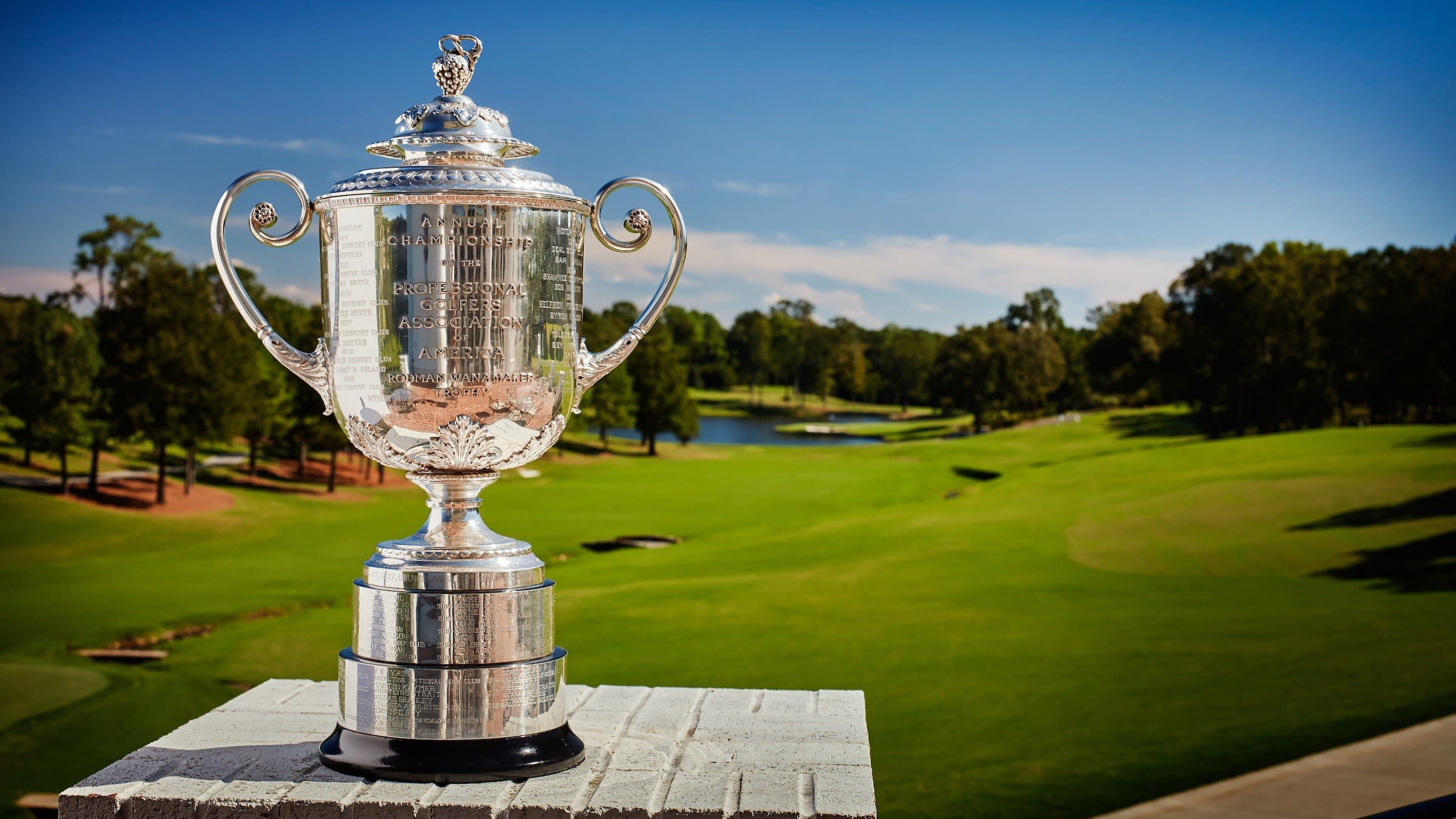Nick Saban, the legendary former Alabama football coach, is stepping into a new arena as he teams up with a Texas billionaire to reshape the future of college sports in 2025. Their collaboration aims to address the most pressing challenges facing the NCAA, especially the growing debate around NIL (Name, Image, and Likeness) payments, the transfer portal, and athlete compensation. Their influence, given Saban’s coaching pedigree and the billionaire’s resources, has triggered conversations throughout the world of college athletics.
At a time when college sports are changing rapidly, this duo’s vision for reform could set the direction for the next decade. The public attention surrounding this partnership is intense, with stakeholders from university presidents to athletic directors and players weighing in. Saban’s leadership and longstanding experience within the SEC, paired with the financial muscle of his Texas partner, mean that the entire NCAA landscape could see significant changes if their plan advances.
Who Is Backing Nick Saban in College Sports Reform?
The driving force behind this reform is a Texas billionaire known for his major influence in business and philanthropy. While the billionaire’s identity draws plenty of attention, it’s the combination of Saban’s voice and his partner’s resources that has people talking. Their partnership brings together two unique viewpoints: first, Saban’s deep knowledge of college football and athlete development, and second, the billionaire’s knack for problem-solving and commitment to higher education.
Within college athletics, the impact of influential boosters and financial backers has always been significant. Now, with official partnerships forming at the highest level, it’s clear that the role of wealthy supporters is growing. Key university leaders, including college presidents and athletic directors from the SEC and Big 12, have had meetings with this team to discuss their proposed changes. In particular, the Texas billionaire’s involvement signals a shift in how college sports might be managed, further blending business and academia.
According to reports, several prominent coaches and retired stars have also shown support. Their network includes not only power brokers in football but also personalities from basketball and other NCAA sports looking for clear direction as regulations around NIL evolve.
The alliance comes at a moment when policy shifts are looming and the NCAA needs to regain the trust of both athletes and fans. The leadership roles of these figures will, in the eyes of many, determine the success or failure of reforming college sports.
Key Changes They Aim to Make in College Athletics
Saban and his financial backer are proposing a slate of changes that cut across the entire college sports landscape. The heart of their plan centers on transparency around athlete compensation, ensuring fair play in the transfer portal, and setting a standardized framework for NIL deals. These proposals are meant to level the playing field for all schools, so programs with less financial power can still compete.
The pair have also suggested a formal contract system for college athletes, similar to what is used in professional sports. The goal is to introduce clear commitments from both the athlete and the university, reducing the chaotic player movement seen in recent years. This would make the student-athlete experience more consistent while giving teams more stability.
Some of the other changes under discussion include introducing a third-party body to monitor NIL transactions and creating a revenue-sharing model. The plan would see athletes receive a fair cut of income generated by their sport, though still at a smaller scale than professional leagues. Their vision involves more collaboration between conferences and more equitable distribution of TV and sponsorship revenue.
Many of these ideas have support from schools outside the traditional power conferences. For the first time, smaller programs could see rules that protect their interests while also encouraging growth for powerhouse teams.
If implemented, these changes would require some universities to overhaul their compliance and recruitment practices, but Saban and his partner believe these adjustments are necessary to maintain the integrity and long-term future of college sports.
Why Reform Is Needed in the Current College Sports System
The demand for reform is at an all-time high because the structure of college sports has become more complex. In the last several years, athletes have started generating more revenue for schools through media deals, and NIL agreements have changed how student-athletes see themselves and their opportunities. Many fans and coaches believe that current NCAA rules haven’t kept up with this rapid transformation.
Also Read
Oklahoma City Thunder’s Relentless Defense Powers Historic Season
There have been frequent complaints about the lack of rules and clarity for athletes who wish to transfer. The “transfer portal” has often been described as the Wild West, forcing coaches to re-recruit their entire teams every year. Programs with fewer resources can barely keep key players, and wealthier schools with large alumni networks appear to gain an unfair advantage.
NIL deals have brought new challenges. Athletes can now earn money from endorsements and business partnerships, but not every school has the infrastructure or relationships to help their athletes. This has increased the gulf between powerhouse programs and smaller universities, leaving many feeling left out of the economic boom.
There are also concerns about the exploitation of athletes, especially in the revenue-generating sports of football and basketball. Players are taking on risks and responsibilities without the long-term financial security seen in professional leagues. Recent court cases and public pressure have made it clear that reforms in college sports are no longer just an option but a necessity.
The Role of Money and NIL in Saban’s Vision
One of the central pillars of Saban’s proposal is the handling of money in college sports. Name, Image, and Likeness (NIL) opportunities have changed the way athletes interact with fans, brands, and schools. Saban has called for a uniform standard, arguing that every student-athlete should have fair access to compensation and protections regardless of the program they play for.
Also Read
NBA Playoff Player Props and Best Bets for Friday, May 9: Top Picks for Indiana vs Cleveland and Nuggets vs Thunder
Right now, big schools offer better NIL deals simply because their fanbase and donor support are larger. Saban’s vision would introduce a regulated environment where third parties help ensure contracts are legitimate and athletes are aware of their rights and obligations. This would help close the gap for programs with smaller budgets.
The Texas billionaire’s backing comes with business expertise, and a belief that better financial planning at the school level will benefit athletes more broadly. The new financial structure in their vision includes better education for student-athletes on how to manage endorsement revenue while in school.
This new system would also protect athletes from legal or tax pitfalls related to sudden windfalls, making the transition smoother for many players who come from less advantaged backgrounds. Saban and his partner see this as a way to ensure longevity and stability within college athletics.
Potential Impact on Student-Athletes
The plan’s greatest impact will likely be felt by college athletes themselves. By introducing formal contracts and clear NIL guidelines, student-athletes would gain a better understanding of their rights and what is expected of them from day one on campus.
Also Read
2025 NBA Playoffs Second Round Schedule, Bracket, and Key Dates
Some of the major benefits include more stability, reduced uncertainty about transfer rules, and assurance that they will be compensated fairly. For many, the pressure of chasing larger NIL deals from school to school would decrease, allowing them to focus on both academics and athletics.
Athletes would also benefit from better financial education and structured mentorship programs. The reforms could make the college sports experience more similar to the pros, with greater accountability and more support systems in place. Stronger support networks could improve academic outcomes and post-college career readiness.
Another key change would be increased transparency around recruitment and retention. Student-athletes would know from the start where they stand and what they can expect, which could help curb some of the recruiting controversies that have surfaced under current rules.
Obstacles and Critics of the Proposal
Not everyone is enthusiastic about the proposed reforms. University administrators and coaches have voiced concern over the cost and complexity of implementing formalized contracts or expanding oversight. Smaller schools argue that they struggle to match the resources of the wealthiest donors and programs, even under new guidelines.
Also Read
Heisman Trophy Hopefuls for Every Top 25 Team Ahead of the 2025 College Football Season
Critics also worry that making the college system more like the pros would harm the amateur spirit of the NCAA. Some conferences are divided over the level of involvement that external businesspeople – like the Texas billionaire – should have in setting athletic policy. There are also legal questions about treating student-athletes as employees, which could complicate their relationship with the university.
The proposal faces resistance from schools that benefit heavily from the current system, particularly those who use their star power to secure more lucrative TV contracts and sponsorships. These groups might push back if revenue sharing cuts into their advantage.
How Saban and the Billionaire Could Influence the NCAA
If Saban and his backer gain traction, the NCAA will be forced to consider changes more quickly than in the past. The duo’s popularity and reputation alone bring enormous pressure, but their network of allies in coaching and business means they can rally significant support for their vision.
Some believe the NCAA is already prepared for outside advice as legal and political scrutiny grows. Federal lawmakers and several state governments have started to get involved, and a high-profile partnership like this could return some balance to the conversation.
Also Read
Cavaliers vs Pacers Game 3 Odds, Prediction, and Key Storylines as Cleveland Looks to Recover
The NCAA’s current slow pace for policy changes is unlikely to withstand sustained push from stakeholder groups led by big names like Saban. The more schools and conferences that publicly support reform, the faster the governing body will act to keep up with both public and political expectations.
If some of Saban and his partner’s proposals are adopted, future NCAA meetings could focus more on athletes’ welfare, rights, and revenue than ever before. It is possible that some elements of their plan will set the tone for the rest of the 2020s.
What’s Next for College Sports if Their Vision Moves Forward?
The next steps if Saban and the Texas billionaire are successful include formal votes among conference commissioners and NCAA leadership. The process may take months or even years, given the scale of the changes being discussed. New compliance offices would need to be established, and training for coaches and athletes would become much more robust.
Some universities are already piloting some elements of the proposed reforms, such as athlete revenue-sharing and third-party NIL monitoring. Early feedback from these experiments will play a large role in shaping the rollout of new guidelines nationwide.
Also Read
Jalen Brunson: Breaking Down What Makes the Knicks Star the NBA’s Most Clutch Scorer
Looking ahead, the future of college sports could be one where players have a more professional experience without losing their academic focus. Reforms around NIL, transfers, and revenue sharing could also attract more global talent to the NCAA, raising the profile of college athletics even further.
The pace of these changes will depend on cooperation between schools, boosters, and governing bodies. As more voices join in, the proposed reforms could become a blueprint for how college sports adapt in the next decade, starting as soon as the 2025 – 26 NCAA seasons.
